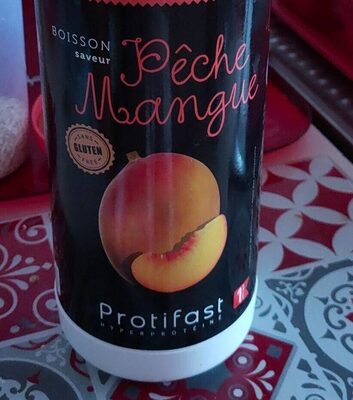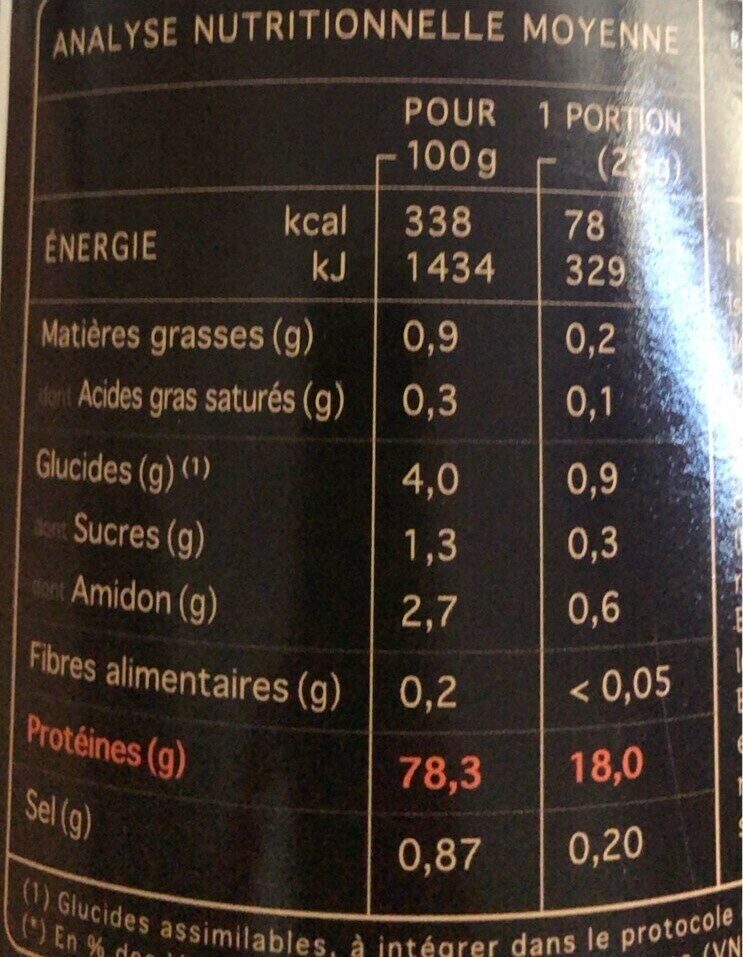Protifast hyper protéine pêche mange - 500 g
This product page is not complete. You can help to complete it by editing it and adding more data from the photos we have, or by taking more photos using the app for Android or iPhone/iPad. Thank you!
×
Barcode: 3401298443376 (EAN / EAN-13)
Common name: préparation en poudre à reconstituer pour boisson saveur pêche/mangue riche en protéines
Quantity: 500 g
Packaging: Pot, Individual pot
Brands: Protifast
Categories: Beverages, Dietary supplements, Bodybuilding supplements, Protein powders
Labels, certifications, awards: No gluten
Origin of the product and/or its ingredients: Fabriqué en France
Origin of ingredients: France
Manufacturing or processing places: France
Traceability code: FR 07.102.001 CE - Guilherand-Granges (Ardèche, France)
Countries where sold: France
Matching with your preferences
Environment
Packaging
Transportation
Report a problem
Data sources
Product added on by kiliweb
Last edit of product page on by kiliweb.
Product page also edited by nutrilove33, openfoodfacts-contributors, roboto-app, yuka.UjZjY1BaVXorOWd6aDhJeDhnenErdlJUL3B5WVFteTVGN0ZLSVE9PQ, yuka.sY2b0xO6T85zoF3NwEKvllFeQd_biG74ETfmsxKP9v6UKpLyechXwaHfbKs, yuka.sY2b0xO6T85zoF3NwEKvlmofWf__hWOfMDftl0GA7eawNKfkWth-7pPnHKs.








